Recently we got our hands on the Malekko Ekko LoFi 616 MKII Analog Delay after watching a PGS video demoing the pedal. What grabbed my attention was the crazy-sounding repeats. While they still have the character of your typical analog delay, a bizarre ring-mod texture has been overlaid to give the sense that aliens have landed for the jam. You need to see what I mean, so here is the PGS video:
Obviously, PGS has realized the presence of UFO-like sounds, hence the old film footage. Now onto the review. Lets take a closer look at this pedal as there are a lot of knobs to be found. Here’s a breakdown of the controls:
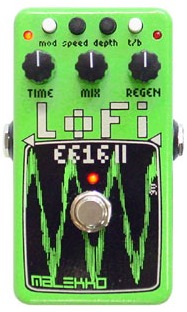 Time – Control the delay time of the repeats.
Time – Control the delay time of the repeats.
Mix – Volume of the delay signal.
Regen – Number of repeats, though I find it also controls the feedback.
Mod – Pushing this button will activate the pitch-shifting modulation.
Speed – Controls the speed of the pitch-shifting mod.
Depth – Controls the amount of the pitch-shifting mod.
T/B – Switches between true bypass and buffered bypass.
The Sound
The LoFi 616 MKII sounds quite good, much like you hear in the above video. I noticed with the delay set closer to slapback, you cannot hear the ring-mod effect. So in this case, it can be used as a standard analog delay which is a nice feature. Adding a little more time to the delay can give some nice Pink Floyd-esque tones. Very nice for strumming.
The pitch-shifting mod is difficult to use as it makes the repeats well.. change pitch. So this mode is more ideal for sound effects and ambient pieces where you are trying to make weird sounds. Setting the depth low makes the mod a little easier to use in a regular setting as it results is a bit of a vibrato.
The mix knob is quite nice in that the delay volume can be set pretty high. This is a nice feature since with the first rendition of this pedal, many complained that the delay signal was two quiet. Definitely not the case with the MKII as it goes very loud if you want it to.
The regen knob as I mentioned also acts as a feedback knob. So turning it up high will ensure that notes get lost in a time-traveling dimension warp. Be careful as the signal gets louder and louder so keep your hands on those dials. Try spinning the time knob when the feedback comes in to get some really wild sound effects.
In conclusion…
Overall, I am quite happy with this pedal. Since you can use it as a regular analog delay when the time knob is set low, it is quite the useable. If you like to do ambient, UFO, experimental or scary-movie soundtracks, then this is an ideal pedal for you. It is very unique and with all of the dials on it, there are really unlimited sounds to be discovered with it.

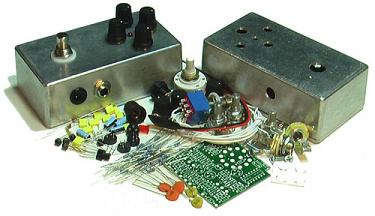
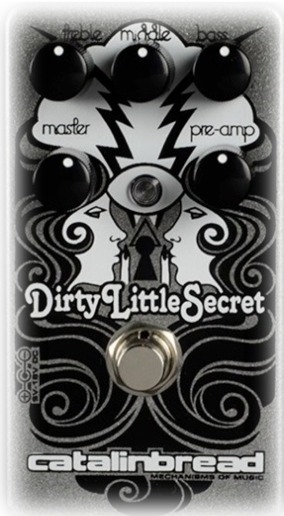
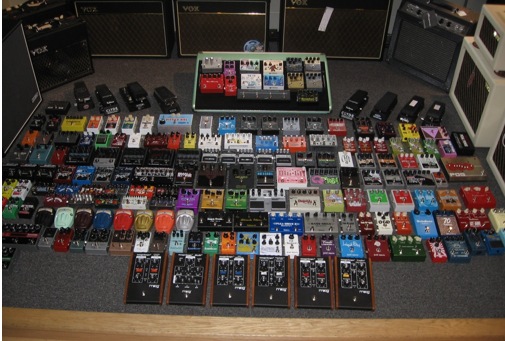

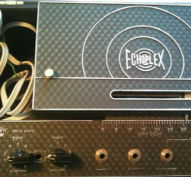
 On the long and winding road that is the pursuit of tone, it’s not long before we arrive at the Echoplex. We have no doubt read about tape delays, dreamt about them, but have definitely heard them on countless recordings. The EP3 Echoplex is the second generation in the Echoplex line and the first to offer a solid state preamp. The EP3 is an analog delay that does something I’ve found only tape can provide. Like many
On the long and winding road that is the pursuit of tone, it’s not long before we arrive at the Echoplex. We have no doubt read about tape delays, dreamt about them, but have definitely heard them on countless recordings. The EP3 Echoplex is the second generation in the Echoplex line and the first to offer a solid state preamp. The EP3 is an analog delay that does something I’ve found only tape can provide. Like many 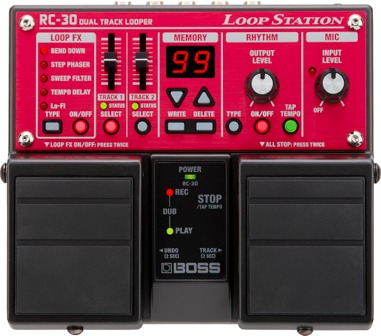
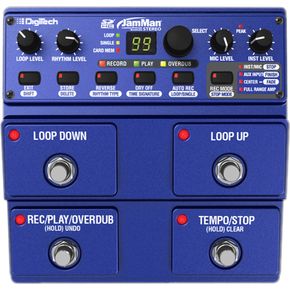 th at home. You can store up to 35 minutes of loops on this pedal, which is more than enough. Like the Boss RC-30, there is a USB for managing your loops on your computer. They even include a software for this purpose. Features such as reverse playback, CD-quality sound, and mic inputs makes the JamMan a very versatile pedal. View this pedal on
th at home. You can store up to 35 minutes of loops on this pedal, which is more than enough. Like the Boss RC-30, there is a USB for managing your loops on your computer. They even include a software for this purpose. Features such as reverse playback, CD-quality sound, and mic inputs makes the JamMan a very versatile pedal. View this pedal on 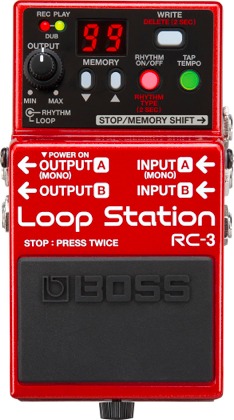 Best Cost Effective Option
Best Cost Effective Option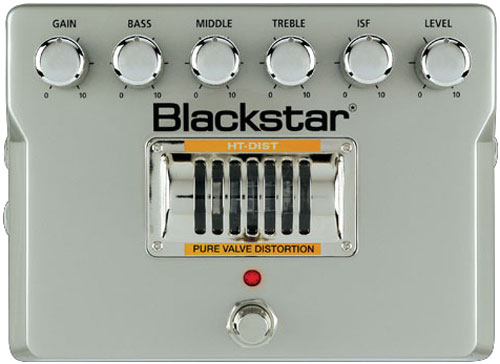
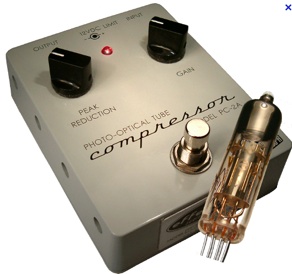
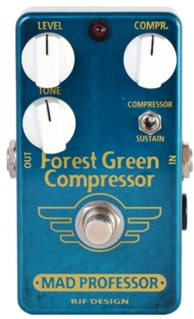 Mad Professor Forest Green Compressor
Mad Professor Forest Green Compressor Pigtronix Philosopher King
Pigtronix Philosopher King Keeley C4 Compressor
Keeley C4 Compressor